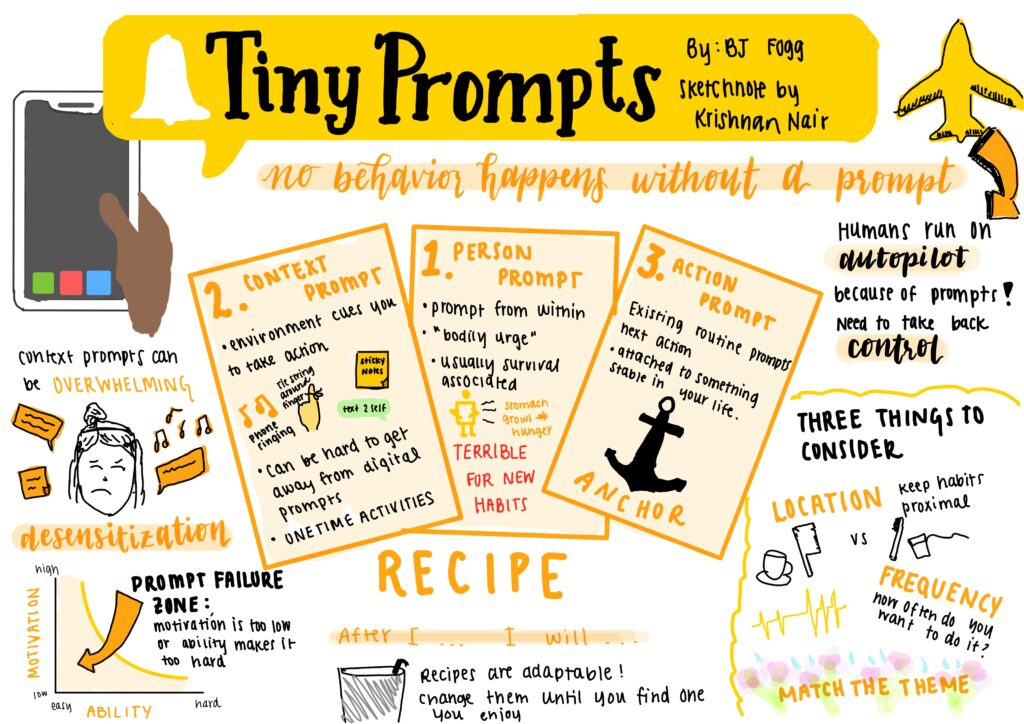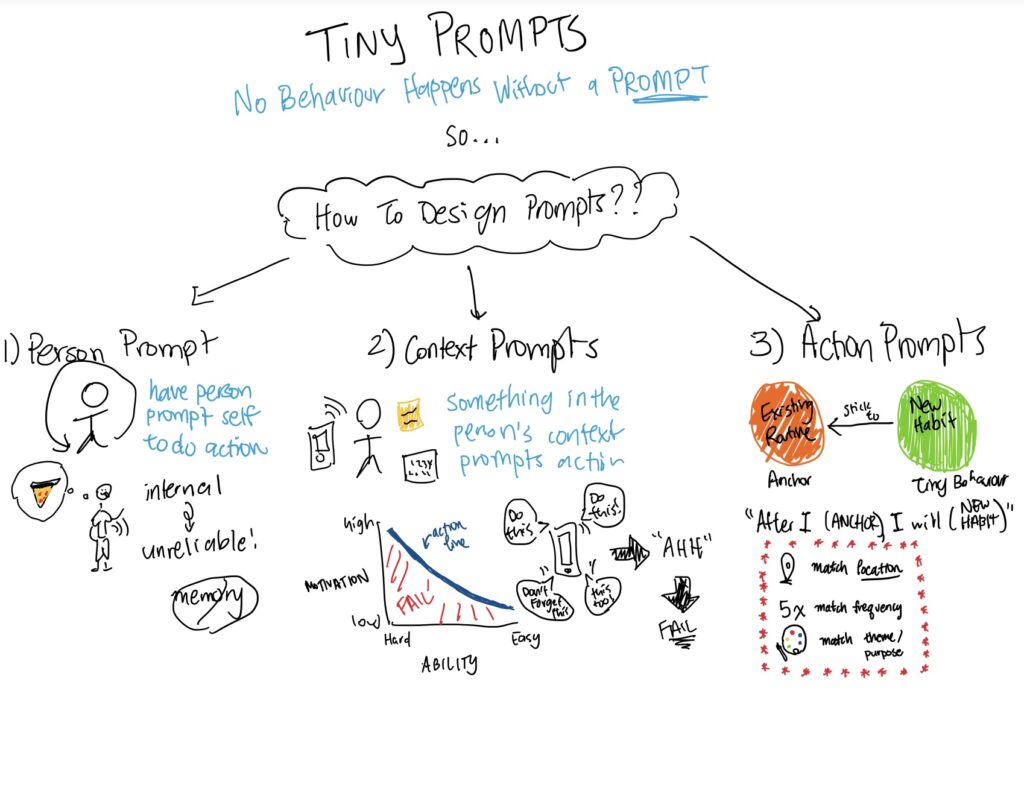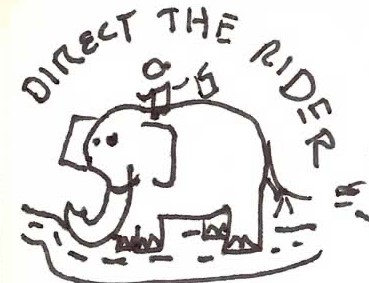Introduction
I was excited to work on Soup and Bread since most of my past experience has been in tech product management. This project reminded me of the importance of grounding solutions in real customer pain points and connecting them directly to strategy and measurable business outcomes.
Key Learnings
- Effective brainstorming is both individual and collective.
I learned that starting with individual brainstorming leads to a greater diversity of ideas. When we later shared and built on each other’s thoughts—without immediately judging them—we generated more creative and innovative solutions. I also realized brainstorming is iterative; some of our best ideas emerged spontaneously during mid-week syncs and casual discussions. - Always tie solutions to business outcomes.
Jim Morris’ guest lecture reinforced the value of starting with the desired business outcome and success metrics, then working backward to define the customer problem and solution. Even as we pivoted, this approach ensured that our ideas stayed aligned with driving both revenue and a better customer experience. - Synthesizing conflicting customer insights is critical.
Interpreting user interviews was one of the toughest challenges. For example, one customer mentioned feeling decision fatigue when faced with too many menu options, while another wanted more variety and disliked repetition. We had to prioritize which problem represented the biggest opportunity for impact, balancing competing needs to define our core focus. - Differentiation requires depth, not just values.
In a saturated fast-casual market, defining a true moat was difficult since competitors face similar customer pain points. Initially, we leaned on quality over quantity and local sourcing—but realized these alone weren’t unique differentiators. Through further ideation, we developed stronger, more distinctive concepts, like building customer anticipation through seasonally rotating menus that keep the dining experience fresh and exciting.




Comments